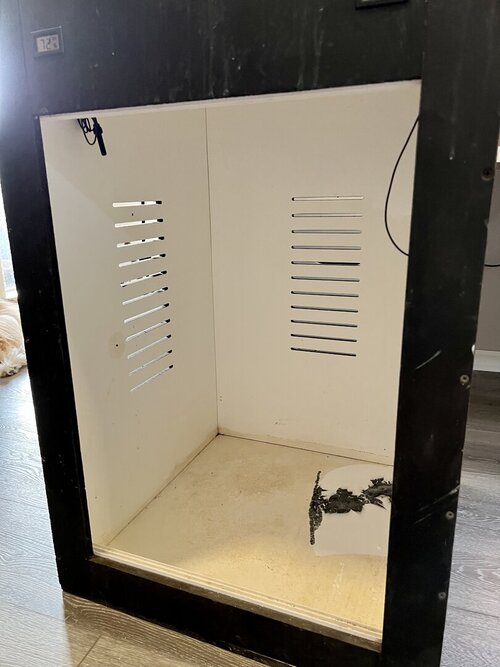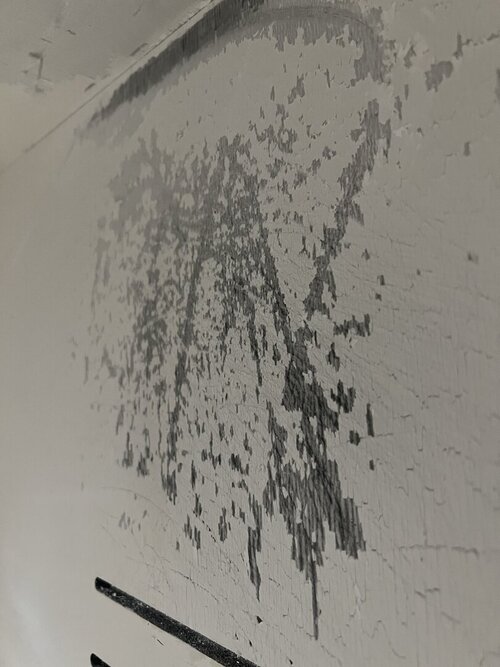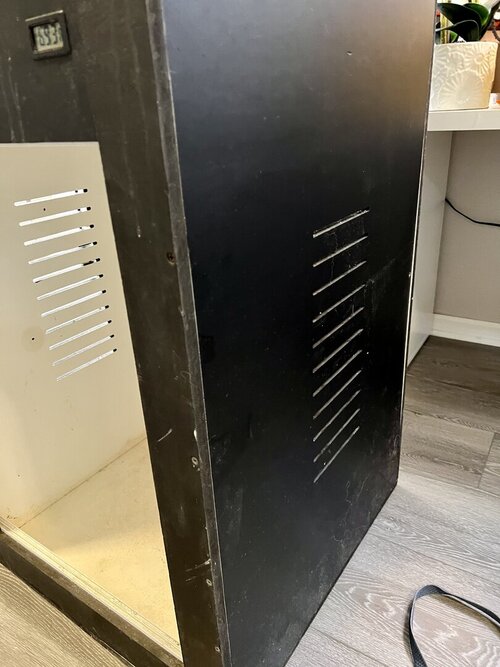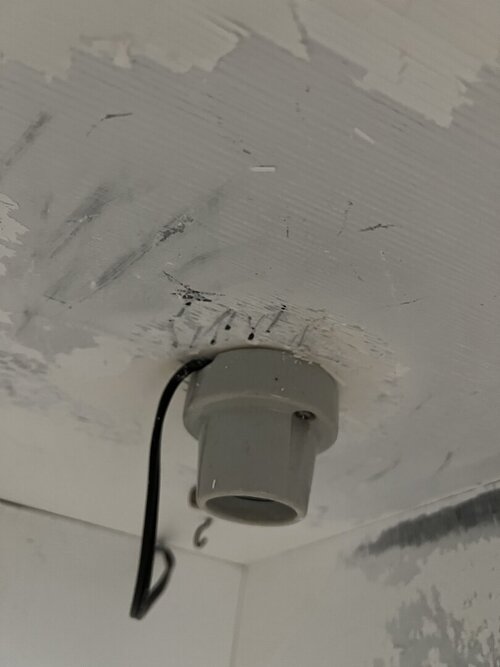DonKeesh
Chameleon Enthusiast
There is a very encouraging trend going on in the forums lately! So pleased to see so many new keepers on here recently asking questions, researching and setting up and testing enclosures well in advance of getting their chameleon. This means so much to our community and the lives of the animals in your care... Well done!









